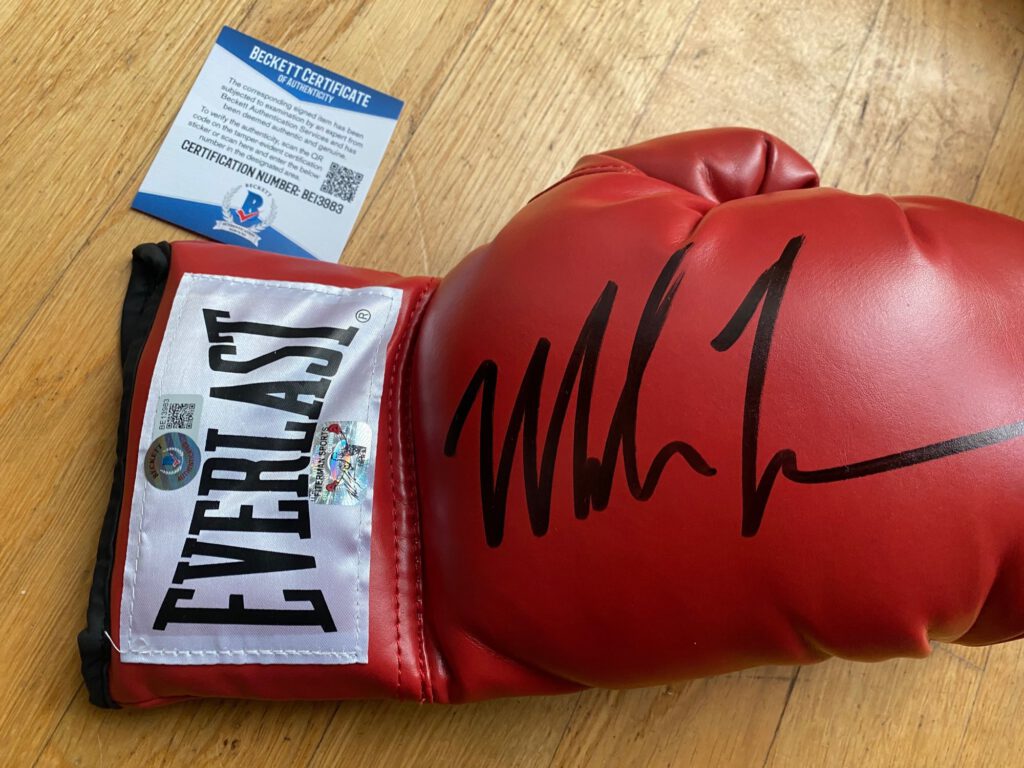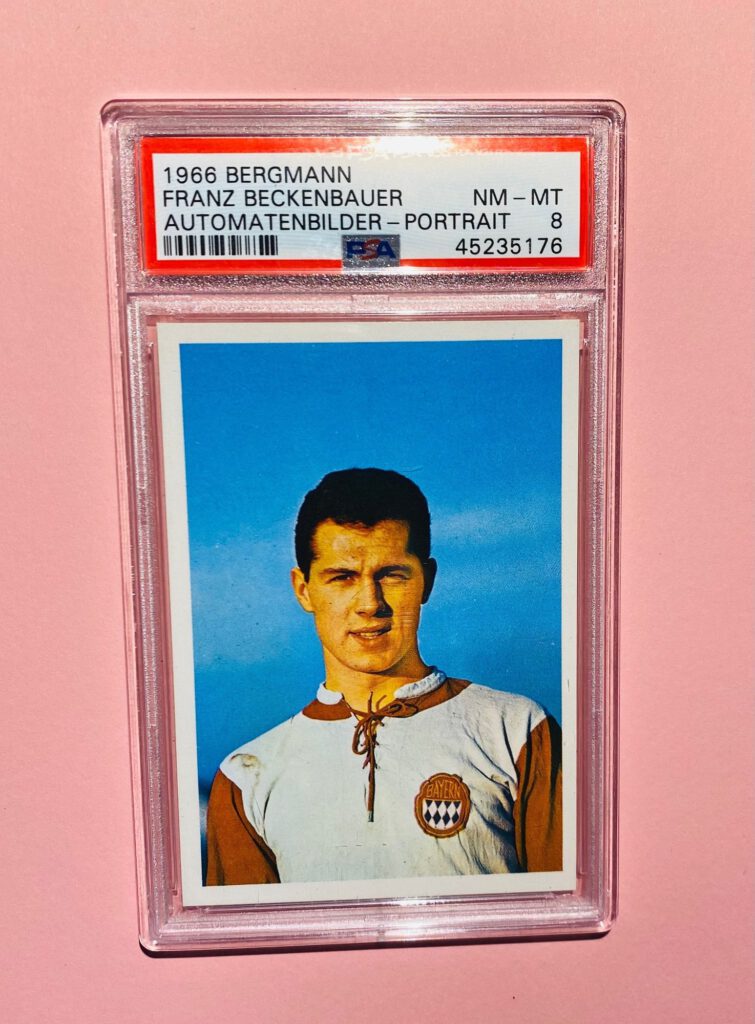Recently, the German Football Association (DFB) faced embarrassment over the presentation of a purported original 1954 World Cup final ball. German Football Magazin “11 Freunde” spoke to Wolfgang Fuhr, a prominent football memorabilia dealer, about forgeries and the challenges of distinguishing authenticity. In this conversation, Fuhr sheds light on the prevalence of deception in the football memorabilia trade.
The Proliferation of Deception
Fuhr highlighted the prevalence of attempts to deceive in the football memorabilia world. With the industry being relatively young, and a shortage of experts combined with a surge in football museums, the demand for rarities has surged, resulting in more opportunities for deception. The lack of knowledge about the tangible context of historical items further exacerbates the problem.
Understanding Falsifications
Fuhr emphasized that falsification attempts are rampant, particularly in areas like entry tickets where the forgery rate can exceed 80%. He explained that it’s increasingly challenging to trust those who present items for sale, as authenticity is often called into question due to the lack of experts in the field.
Buyer Beware: Navigating Fakes
The danger of purchasing forgeries is substantial. Even items that seem genuine may not be, and Fuhr gave an example of a seemingly authentic final jersey from a player’s collection that turned out to be a falsification. He noted that the line between authenticity and deceit has blurred, and even once-trusted sources can be misleading.
The Ongoing Battle for Authenticity
To combat the surge in falsified items, Fuhr and his team at Agon are initiating an initiative to bring more oversight to the market, potentially introducing a certification process for dealers offering original items. The aim is to instill confidence in buyers and ensure they’re not being deceived.
Expertise and Due Diligence
Fuhr highlighted the importance of thorough research, including consulting photo archives and historical records, to differentiate genuine items from fakes. Even in cases where there are no existing images, extensive research and verification are crucial to maintaining the integrity of the memorabilia market.
The Market and its Players
Fuhr estimated that there are around 3,000 to 4,000 serious collectors worldwide. The most valuable items are typically auctioned, but there’s also a peer-to-peer market among collectors. He noted that the business is booming in England, and the interest from countries like Brazil and Russia is on the rise. The number of dealers is therefore also increasing. Memorabilia dealer is becoming a job.
The Most Valuable Pieces
Fuhr mentioned that Pelé’s 1970 World Cup final jersey is among the most valuable items, having fetched €110,000 in an auction. He also recalled selling the 1930 World Cup final ball for €40,000. The highest prices are typically commanded by English rarities in the UK market.
Conclusion
Wolfgang Fuhr’s insights shed light on the challenges faced by football memorabilia enthusiasts in navigating a market filled with forgeries. As football museums continue to grow and the demand for authentic items increases, the need for expert authentication and oversight becomes more crucial. In a realm where genuine artifacts hold immense value, the battle against deception is essential to preserving the authenticity of football’s storied history.


